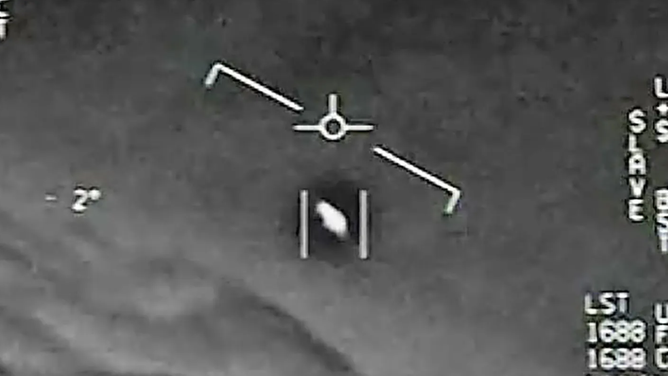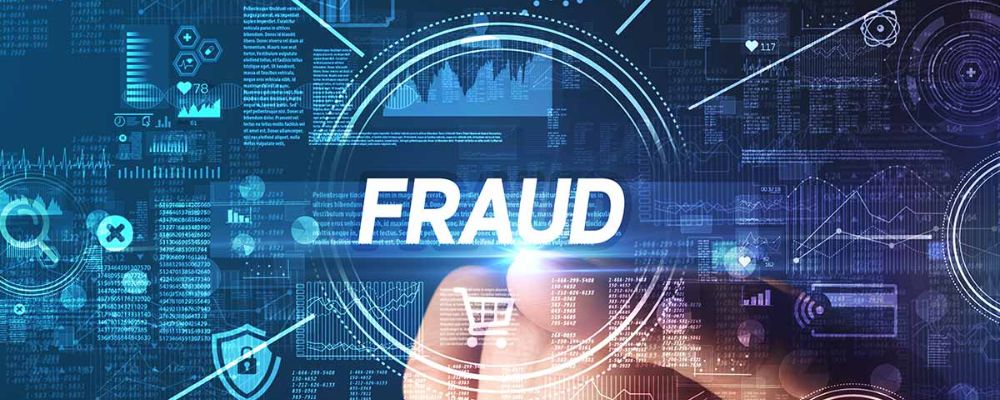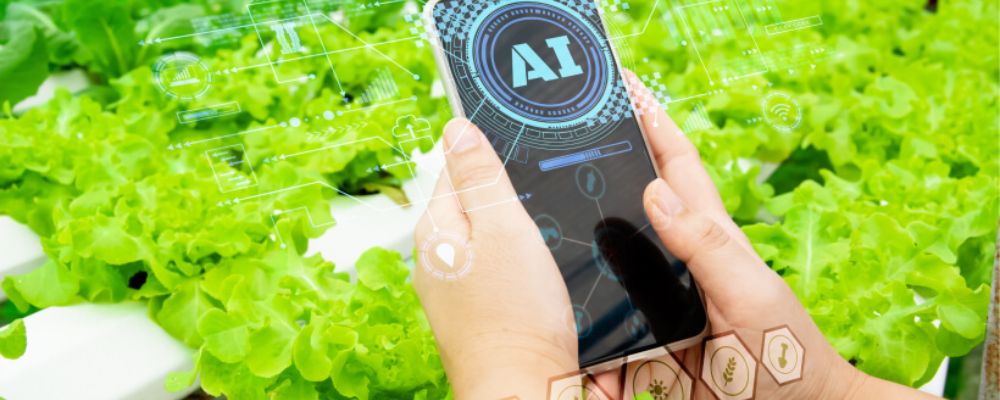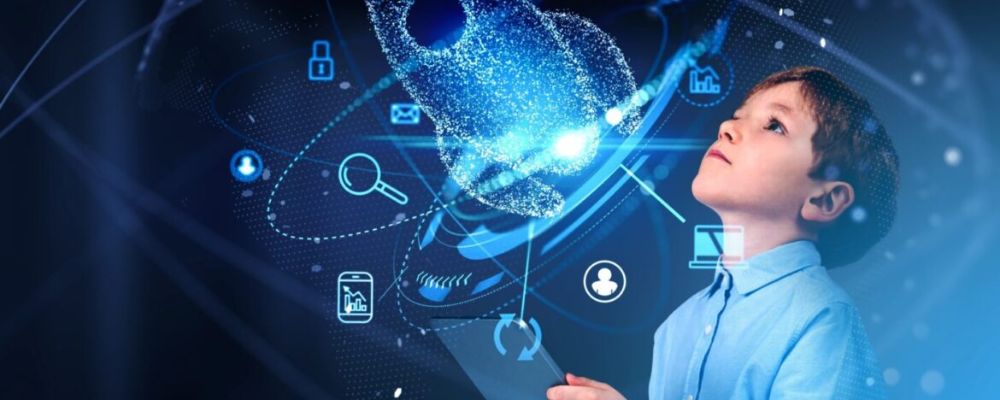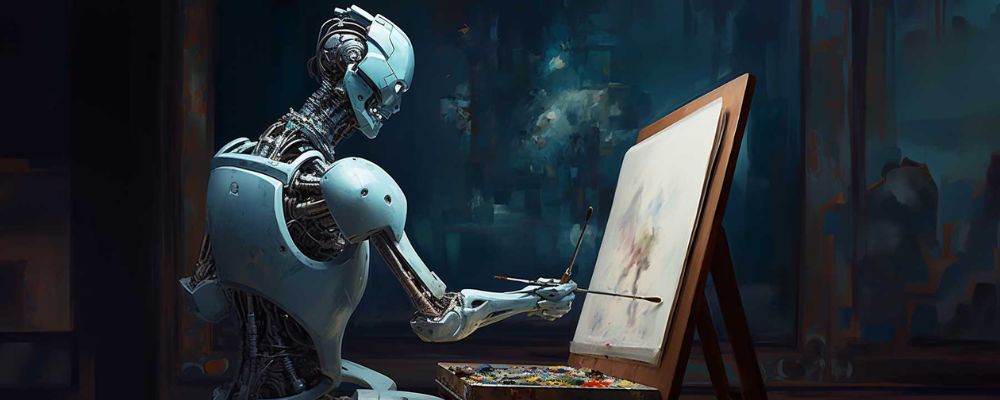
In recent years, Artificial Intelligence (AI) has significantly impacted various fields, including the art world. AI’s role is especially notable in discovering new artistic talent. This blog explores how AI is transforming the art scene and uncovering hidden talents.
The Intersection of AI and Art
AI intersects with art in intriguing ways. Algorithms, particularly those using machine learning, analyze extensive data. By examining artistic patterns and techniques, AI identifies unique traits in artwork. As a result, AI serves as a modern talent scout, recognizing promising artists who may not yet be well-known.
How AI Algorithms Discover New Talent
AI’s approach to discovering new talent is data-driven. Unlike traditional methods that depend on human curators, AI provides an objective analysis. Here’s how AI helps identify new artistic talent:
- Analyzing Artistic Styles: AI analyzes and classifies artistic styles, from Impressionism to Abstract Expressionism. By comparing these styles with emerging artists, AI identifies those innovating or mastering a particular style.
- Predicting Market Trends: AI examines data from art sales, social media, and online galleries. It predicts which art types are gaining popularity, helping identify artists whose work resonates with contemporary audiences.
- Curating Art Exhibitions: AI assists in curating exhibitions by selecting pieces that match specific themes or styles. This process not only discovers new talent but also offers a platform for emerging artists.
Benefits of AI in Discovering New Art Talent
AI offers several advantages to the art world. Emerging artists gain exposure and recognition. For collectors and galleries, AI aids in identifying valuable art by forecasting trends and potential value. Additionally, AI reduces biases, making the art world more accessible to artists from various backgrounds.
Challenges and Ethical Considerations
Despite its advantages, AI in art poses challenges. Ethical concerns include the authenticity of AI-generated art. There’s also a risk of homogenizing artistic styles, which might stifle creativity. Balancing AI’s role and preserving human creativity is essential. AI should enhance, not replace, the unique perspectives and emotional depth of human artists.
The Future of AI in Art
Looking ahead, AI’s role in art will expand. As algorithms advance, they will analyze more nuanced aspects of art, such as color theory and emotional impact. This could lead to new forms of art created in collaboration with AI, pushing the boundaries of creativity.
Moreover, AI will continue to democratize the art world, making it more accessible to artists without traditional connections. By leveling the playing field, AI ensures that the next generation of artists is diverse and innovative.
Conclusion
AI is revolutionizing art by discovering new talent. Algorithms analyze and predict artistic trends, uncovering hidden gems and reshaping the art world. As we embrace this technology, we must consider its ethical implications and ensure it complements human creativity.
AI’s evolution will further impact the art world. Artists, curators, collectors, and enthusiasts should explore AI’s potential in discovering and nurturing new talent.


